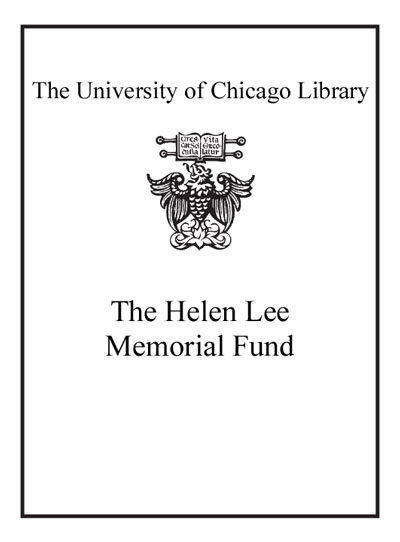"Mahu ʻulemta shapirta ṿe-let lah ʻenin" ṿe-ḥidat ha-Tayaʻa : pereḳ be-toldot ha-ḳabalah ba-maḥatsit ha-sheniyah shel ha-meʼah ha-13 = 'Who is a beautiful maiden without eyes' and the riddle of the Tayʻa : a chapter in the history of Kabbalah in the second half of the thirteenth century /
"מהו עולימתא שפירתא ולית לה עיינין" וחידת הטייעא : פרק בתולדות הקבלה במחצית השניה של המאה הי''ג = 'Who is a beautiful maiden without eyes' and the riddle of the Tayʻa : a chapter in the history of Kabbalah in the second half of the thirteenth century /
Saved in:
| Author / Creator: | Porat, Oded, author. פורת, עודד. |
|---|---|
| Imprint: | Los Ang'eles : Hotsaʼat Keruv, 780 = 2019. לוס אנג'לס : הוצאת כרוב, תש''פ = 2019. |
| Description: | 344 pages, 3 unnumbered pages of plates : illustrations ; 24 cm. |
| Language: | Hebrew |
| Series: | Meḳorot u-meḥḳarim be-sifrut ha-ḳabalah ; sefer 61 = Sources and studies in the literature of Jewish mysticism ; 61 מקורות ומחקרים בספרות הקבלה ; ספר 61 Meḳorot u-meḥḳarim be-sifrut ha-ḳabalah ; sefer 61. מקורות ומחקרים בספרות הקבלה ; ספר 61. |
| Subject: | |
| Format: | Print Book |
| URL for this record: | http://pi.lib.uchicago.edu/1001/cat/bib/12776074 |
Regenstein, Bookstacks
| Call Number: |
BM525.A59P678 2019
|
|---|---|
| c.1 | On order Place Hold Request via Interlibrary Loan Need help? - Ask a Librarian |

